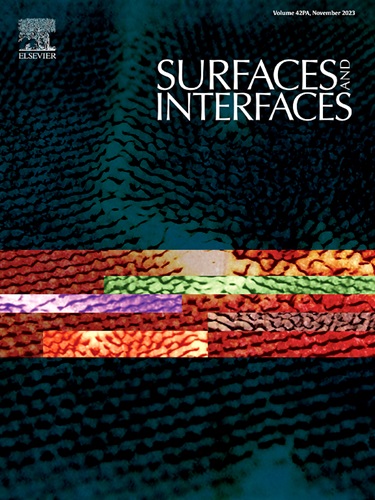High-performance aluminum-ion batteries enabled by architected reduced graphene oxide electrodes
IF 5.7
2区 材料科学
Q2 CHEMISTRY, PHYSICAL
引用次数: 0
Abstract
Rechargeable graphene-based aluminum-ion batteries (AIBs) are recognized as a promising energy storage system. The impact of the macroscopic morphology of graphene electrodes on electrochemical performance, however, has been minimally explored. Reduced graphene oxide (rGO) was synthesized via a modified Hummers method and hydrothermal reduction, utilizing natural flake graphite as the starting material. The traditional electrode preparation process was employed, where the active material, conductive agent, and binder were combined to form a slurry for coating and subsequent drying, resulting in the rGO electrode. Aerogel-shaped rGO (rGOA) and film-shaped rGO (rGOF) electrodes were additionally crafted through freeze-drying and filtration drying techniques. Among the three distinct rGO electrode morphologies tested as cathodes in AIBs, the rGOF electrode demonstrated outstanding electrochemical characteristics, including a high specific capacity of 149.3 mAh/g at 500 mA/g, a substantial rate performance of 55.3 mAh/g at 10,000 mA/g, and an impressive long-term cycling stability of 94.5 mAh/g with a Coulombic efficiency of 95.8 % at 5000 mA/g after 10,000 cycles. These superior properties are attributed to the rGOF's binder-free, densely packed structure. The findings suggest that the rGOF electrode holds significant potential as a cathode material for AIBs, offering advantages in both scalable preparation and superior electrochemical performance.

求助全文
约1分钟内获得全文
求助全文
来源期刊

Surfaces and Interfaces
Chemistry-General Chemistry
CiteScore
8.50
自引率
6.50%
发文量
753
审稿时长
35 days
期刊介绍:
The aim of the journal is to provide a respectful outlet for ''sound science'' papers in all research areas on surfaces and interfaces. We define sound science papers as papers that describe new and well-executed research, but that do not necessarily provide brand new insights or are merely a description of research results.
Surfaces and Interfaces publishes research papers in all fields of surface science which may not always find the right home on first submission to our Elsevier sister journals (Applied Surface, Surface and Coatings Technology, Thin Solid Films)
 求助内容:
求助内容: 应助结果提醒方式:
应助结果提醒方式:


